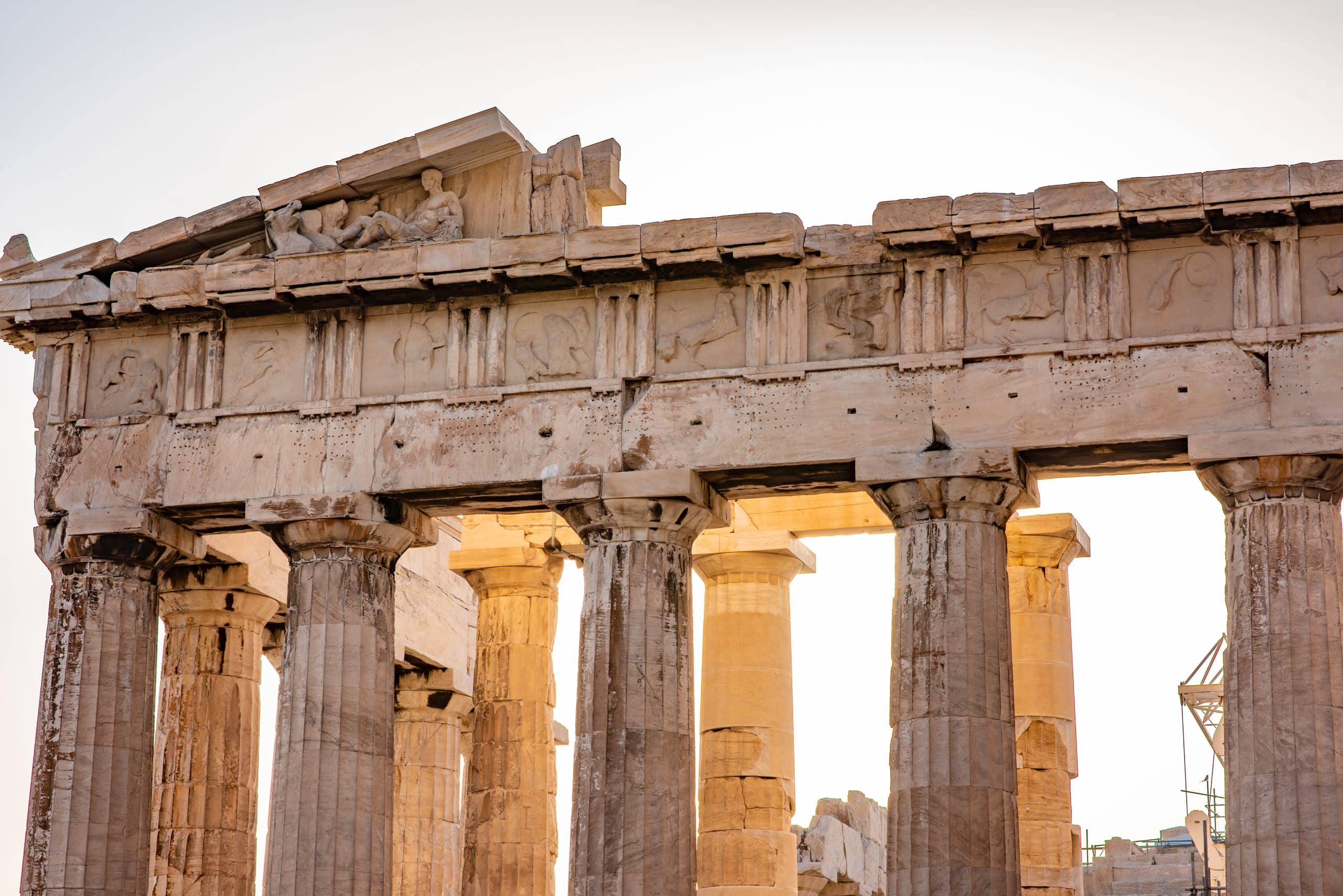 Ancient Greece was full of amazing orators and rhetoricians, none more so than the ten Attic orators. Also known as the Canon of Ten, the Attic orators were some of the greatest speakers of the ancient world. Counted in their number was Isocrates of Athens. Isocrates’s major contributions to the art of rhetoric include establishing a formal school of rhetoric in Athens and numerous written and spoken works. Learn more about how he helped develop rhetoric into an art form:
Ancient Greece was full of amazing orators and rhetoricians, none more so than the ten Attic orators. Also known as the Canon of Ten, the Attic orators were some of the greatest speakers of the ancient world. Counted in their number was Isocrates of Athens. Isocrates’s major contributions to the art of rhetoric include establishing a formal school of rhetoric in Athens and numerous written and spoken works. Learn more about how he helped develop rhetoric into an art form:
Early Life of Isocrates
Isocrates was born into a wealthy Athenian family in 436 B.C. His family’s wealth enabled Isocrates to get a great education, where he learned from Sophists like Prodicus and Gorgias and even knew Socrates. When his family lost their wealth in the Peloponnesian War, Isocrates began working as a logographer, or courtroom speechwriter. In the Athens of the ancient world, there were no lawyers, and those accused of crimes were expected to defend themselves with the help of professional speechwriters.
Isocrates’s career as a logographer served him well as he himself was not a confident public speaker. Becoming one of the best logographers in the city, Isocrates became highly influential and eventually published several pamphlets. Isocrates’s writing was soon known by some of the most powerful business and political leaders in Athens, who frequently made use of his services.
First School of Rhetoric
In 392 B.C., Isocrates established the first school of rhetoric in the Lyceum of Athens. Isocrates’s academy marked a major turning point in how rhetoric was taught in Greek culture. Prior to Isocrates’s school, teachers, who were usually Sophists, traveled throughout the Greek countryside offering lessons to students. After opening the school, Isocrates mostly taught Athenians, but the publication of his most famous work Panegyrius in 380 BC encouraged people from throughout Greece to attend the academy. Among those taught by Isocrates were Timotheus, a statesman, and Isaeus, another rhetorician who also became one of the Attic orators. Part of Isocrates’s teachings included serving the public good, hence he encouraged his students to wander the streets of Athens and observe the activities of the people.
Rhetoric Teachings
Modern historians define Isocrates’s use of rhetoric as the outward thought and inward expression of reason and feeling. While rhetoric could be used as a tool of persuasion, Isocrates also believed that it was useful in public administration. In teaching his theory to his students, Isocrates usually referred to his idea of rhetoric as more in-line with philosophy. Isocrates’s ideas are usually regarded as the foundation of what we refer to today as a liberal arts education.
Isocrates introduced Athens to his idea of rhetoric in his first work, which was entitled Against the Sophists. In Against the Sophists, Isocrates contrasts his rhetoric teachings against the teachings of the Sophists and the Eristics. Among the major criticisms Isocrates had of the two groups were their rigid teaching styles, preferring to encourage fluidity in the educational experience.
Isocrates died in 338 B.C. as one of the most beloved rhetoricians of his age. Looking back on his teachings, historians see Isocrates as one of the most preeminent thinkers in Greek rhetoric.
Source:

